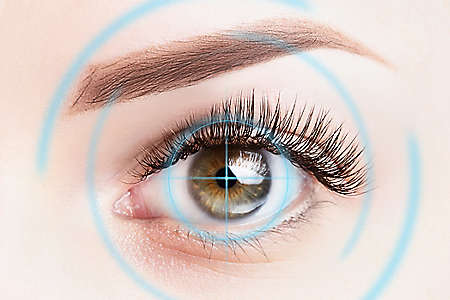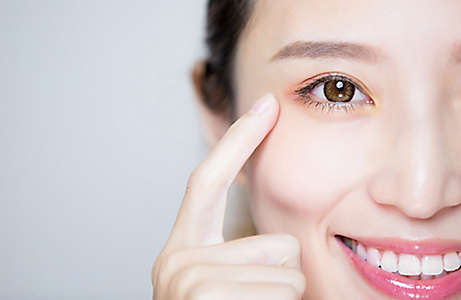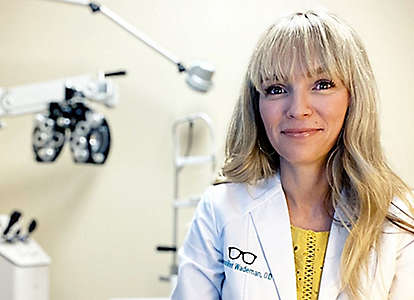What Can We Do for Healthy Eyes?
Our eyesight is critical to almost everything we do, yet most of us do not consider eye health in the same way we do other healthy habits, such as eating right and exercising. Although we may use sunglasses when outside, it is doubtful that we are thinking about the exposure to light wavelengths that can potentially damage our eyes. Even further from our priorities are the effects of light from digital devices, such as phones, computers and tablets. However, when asked in recent consumer survey, the reported symptoms of digital device exposure are common.
New Digital Device Research
A new study by Kemin Health and DSM Nutritional Products found that 92% of US adults and 71% of US children ages 6 to 12 experience symptoms such as tired eyes and eye strain from the use of digital devices.1 Two-thirds (66%) of adults admit they spend too much time on their digital devices.
The type of light from sunlight and digital devices most concerning is “blue light,” or the shorter, more energetic wavelengths of visible light between 400 and 500 nm.2 Studies in cell models and animals suggest that too much blue light can cause permanent, irreversible damage in the eye.2-10 It is important to note that some blue light is needed for color perception and regulation of our sleep patterns.
Healthy Habits for Our Eyes
In the Kemin/DSM research, many respondents claim the time on phones, tablets and computers is “necessary for daily needs.”1 Because digital habits are here to stay, the following tips add eye health to your healthy habits.





